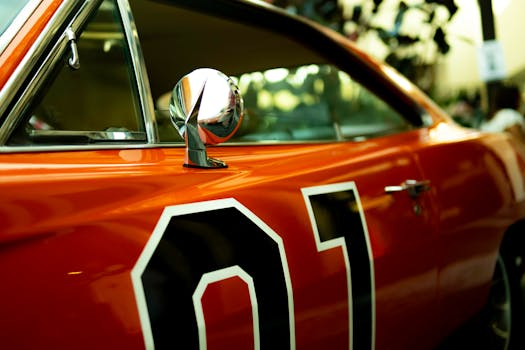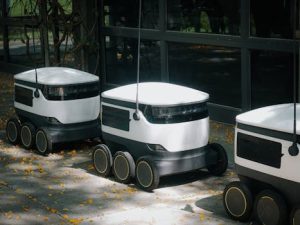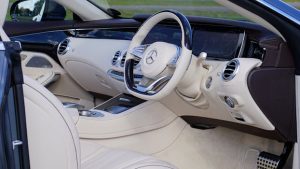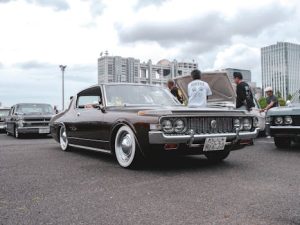American Muscle Cars: A History
American muscle cars are more than just vehicles – they are an integral part of American history, embodying the spirit of innovation, power, and freedom that defines our nation. These iconic cars have captured the hearts of generations of car enthusiasts, with their powerful engines, sleek designs, and unparalleled performance. From the legendary Ford Mustang to the fierce Chevrolet Camaro, the history of American muscle cars is a thrilling journey through time. Join us as we take a closer look at the evolution of these beloved automobiles.
The Birth of American Muscle Cars
The popularity of muscle cars in the United States can be traced back to the 1940s and 50s, with the rise of hot rods and drag racing. However, it wasn’t until the 1960s that the term “muscle car” was coined, in reference to the high-performance models that were emerging from Detroit’s Big Three automakers – Ford, Chevrolet, and Chrysler.
The 1960s: The Golden Age of American Muscle Cars
The 1960s marked the golden age of American muscle cars, with iconic models such as the Ford Mustang, Chevrolet Camaro, and Dodge Challenger dominating the roads. These cars were built for speed and equipped with powerful V8 engines, making them some of the fastest and most exhilarating vehicles of their time.
One of the most famous muscle cars of the 1960s was the Ford Mustang, which was introduced in 1964 and quickly became a cultural icon. With its sporty design and impressive performance, the Mustang captured the imagination of the American public and spawned a new era of muscle cars.
The Rise of the Pony Car
The 1960s also saw the emergence of the “pony car” – a term used to describe smaller, more affordable muscle cars with a focus on style and performance. Along with the Mustang, the Chevrolet Camaro and Pontiac Firebird were popular pony cars that competed with each other to capture the hearts of American car lovers.
During this time, muscle cars were not only a symbol of power and speed, but they also represented the changing landscape of American society. As the baby boomer generation came of age and the cultural landscape shifted, muscle cars were seen as a rebellious and anti-establishment statement.
The Decline and Resurgence of Muscle Cars
As the 1970s approached, stricter emissions and safety regulations, combined with rising fuel costs, resulted in a decline in the popularity of muscle cars. By the end of the decade, most major automakers had discontinued their muscle car models.
However, in the 1980s and 90s, there was a resurgence of interest in classic American muscle cars. With the rise of car shows, auctions, and restoration projects, these once-dormant icons were brought back to life, and their value and popularity soared.
The Modern Era: Muscle Cars of Today
In the 21st century, muscle cars have continued to evolve and adapt to the changing times. While they still retain their signature powerful engines and aggressive designs, they now also incorporate advanced technologies and features, making them more fuel-efficient and environmentally friendly.
Today, American muscle cars continue to hold a special place in the hearts of car enthusiasts around the world. With new models such as the Dodge Challenger Hellcat and the Chevrolet Camaro ZL1, the legacy of these legendary vehicles lives on.
In Conclusion
The history of American muscle cars is a story of innovation, passion, and cultural significance. From their humble beginnings in the 1960s to their continued reign as icons of the automotive world, these powerful vehicles have captured the imagination of millions and will continue to do so for generations to come.
Whether you are a die-hard fan or simply appreciate the beauty and power of these cars, there is no denying the impact that American muscle cars have had on our society and the automotive industry as a whole. So, the next time you see a classic Mustang or Camaro cruising down the street, remember the rich history and legacy behind these American icons.










